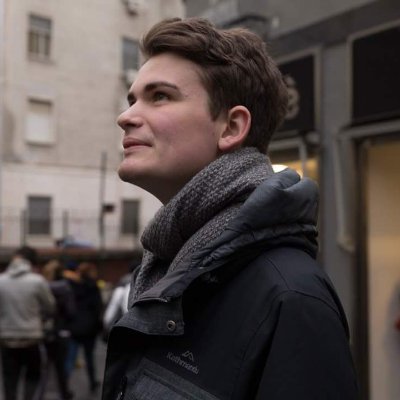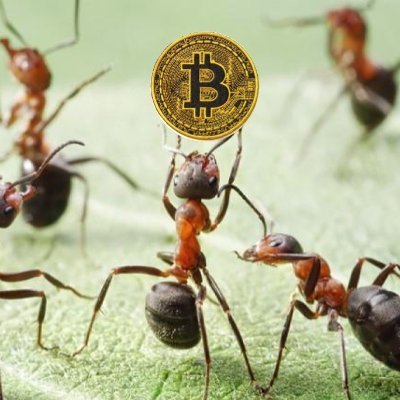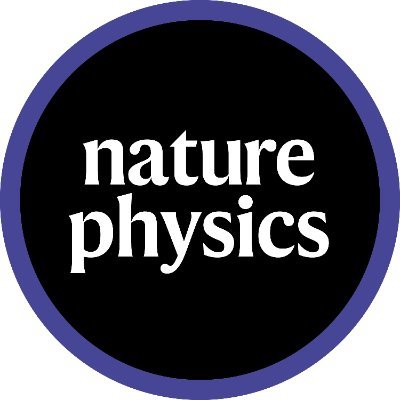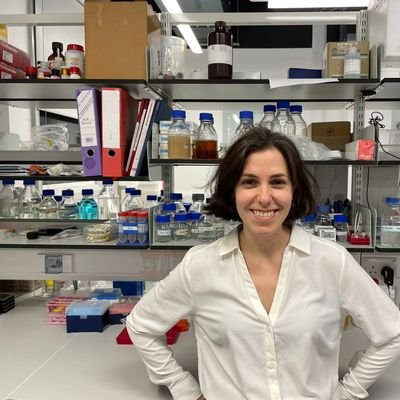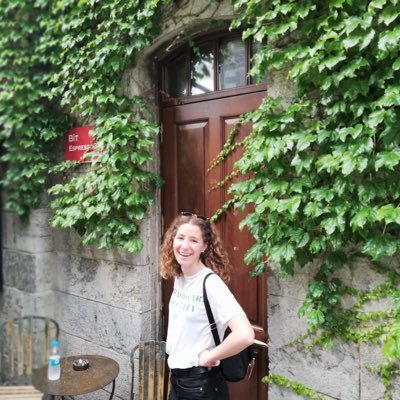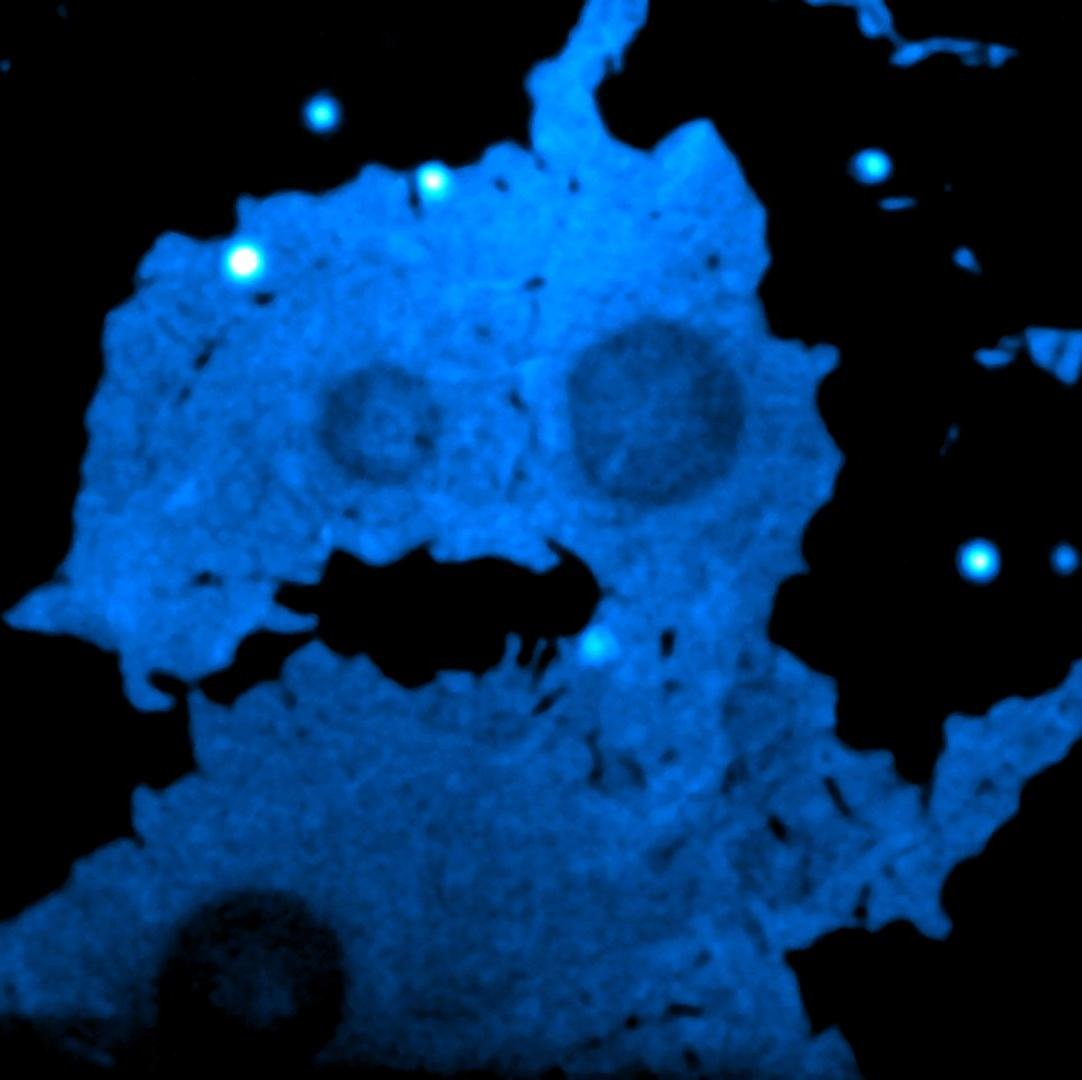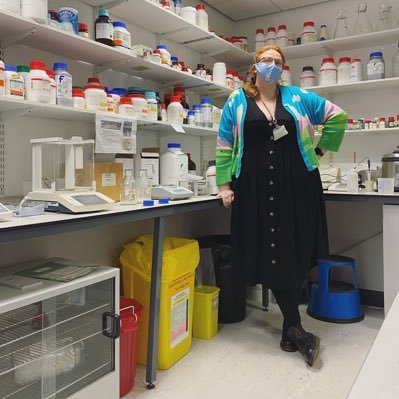
Christian Vanhille Campos
@vainhilla96PhD @SaricLab (@ISTAustria - @UCL) • Music, coffee, movies and ice cream • he/him • 🐘: @[email protected]
Similar User

@d_brueckner

@nartimsoole

@IvnPla

@SaricLab

@intcha24

@BillieMeadowcr1

@miggral

@v_sorichetti

@CHHDellago

@BioPhysicsUK

@AgudoCanalejo

@BrujicLab

@sciFelixFrey

@lsck_biophy

@lucabrb_
Did you know cell filaments love to treadmill? 🔄 They grow and shrink on opposite ends and burn energy doing it! But why? How does it drive self-organisation and bacterial division? Dive into our new publication ft. @SaricLab @nartimsoole @seamus_holden labs to find out! 🧫🔬🖥️
EMBL Heidelberg researchers found how chromosomes switch from repelling each other to becoming sticky during cell division. They saw that protein Ki-67 turn chromosomes’ surface into a liquid-like glue that helps in the formation of daughter nuclei. 🔛 embl.org/news/science-t…

Treadmilling of cytoskeletal filaments is crucial for their functional self-organization. A study published in @NaturePhysics sheds light on the mechanism underpinning this collective organization. go.nature.com/3yHQH22
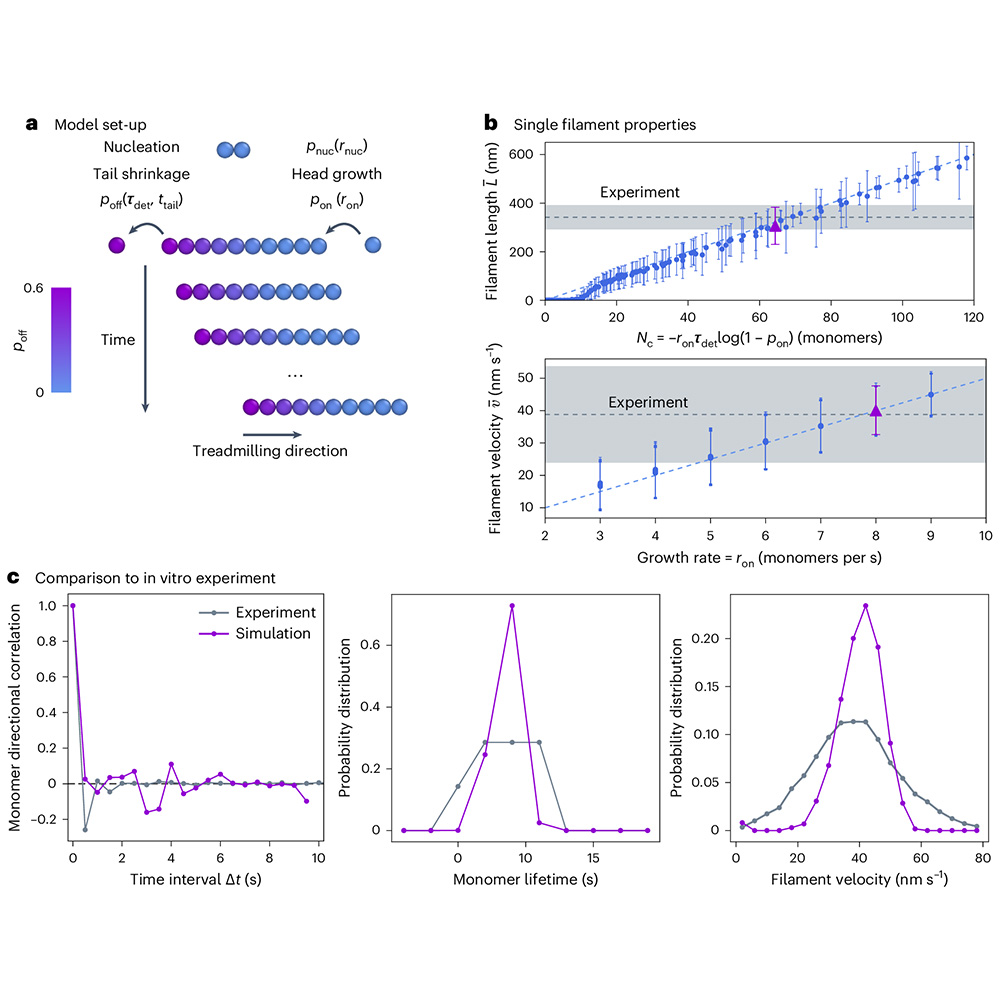
Researchers at @ISTAustria have discovered a previously unknown mechanism of active matter #SelfOrganization, crucial for bacterial #CellDivision: Misaligned filaments spontaneously "die" to create a well-organized ring structure at the center of a dividing cell.
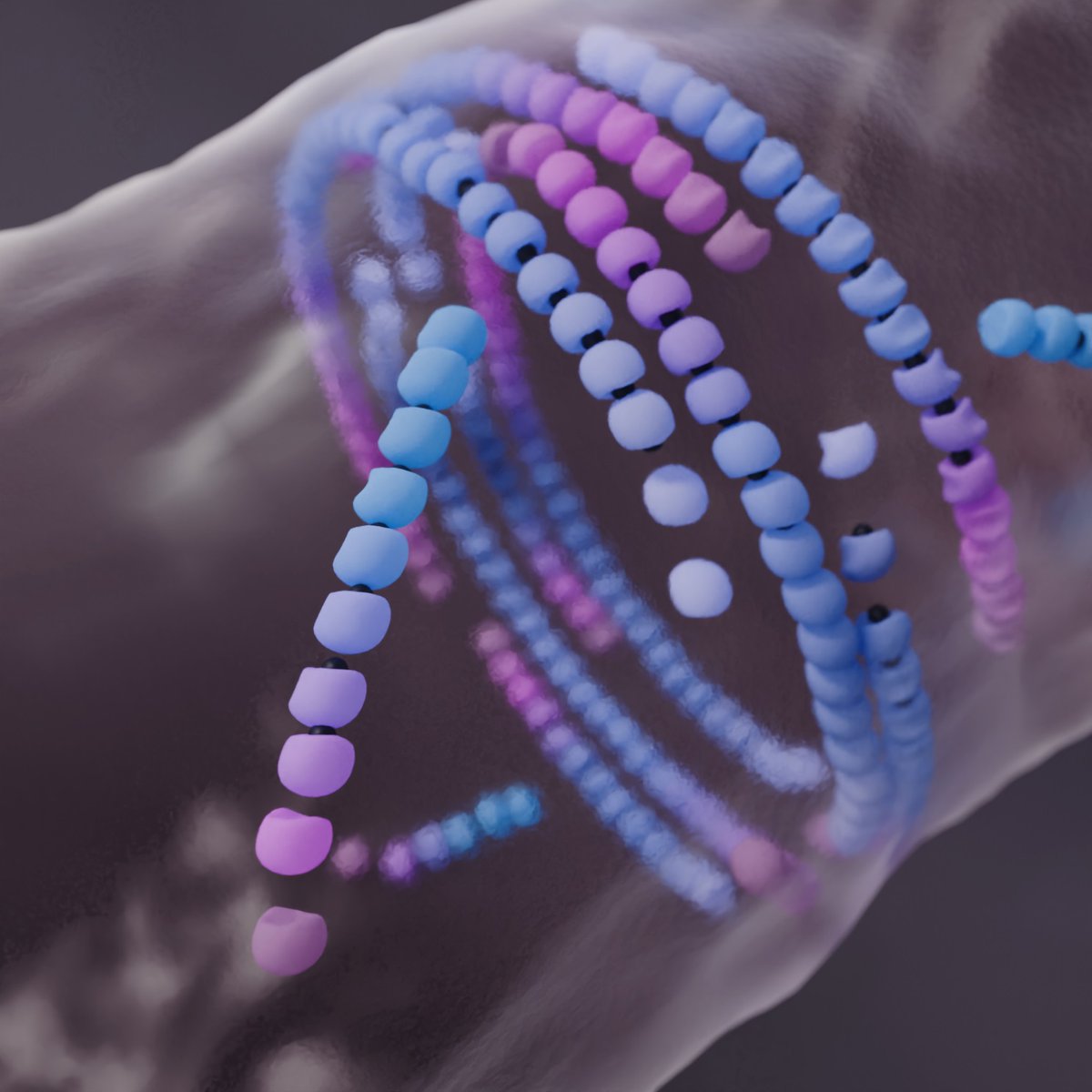
Curious about the #BehindThePaper insights? 🫖🔥 Peek into the story behind the research here 👀👇 go.nature.com/3LbsxzP
Did you know cell filaments love to treadmill? 🔄 They grow and shrink on opposite ends and burn energy doing it! But why? How does it drive self-organisation and bacterial division? Dive into our new publication ft. @SaricLab @nartimsoole @seamus_holden labs to find out! 🧫🔬🖥️
I am thrilled to share the release of the Organelle Dynamics and Function Lab @ntusbs @NTUsg Super thankful to @maxgabgut, my great lab mates, amigos and mentors @Crick and everywhere 🇦🇷➡️🇬🇧➡️🇸🇬 Interested candidates get in touch, recruiting soon! bussilab.com #newPI😬
Group retreat with @SaricLab in Salzburg 🏔️ Science charades, moodboards and bathing archaea under the snow! ♨️☕☃️
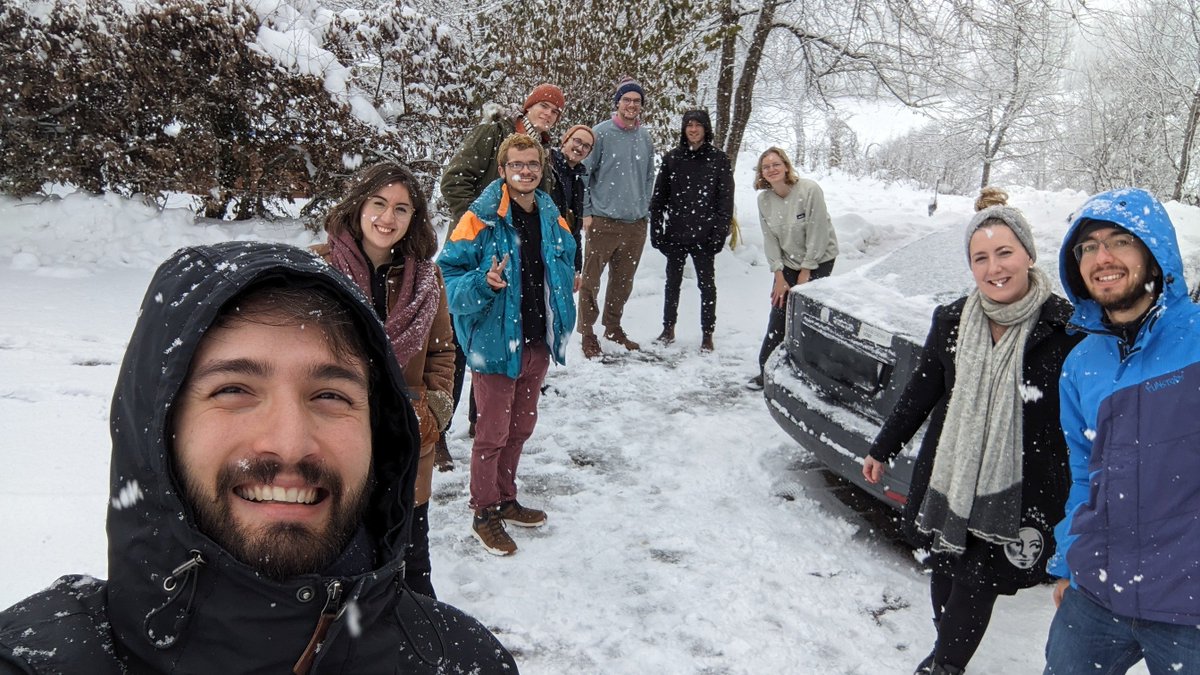
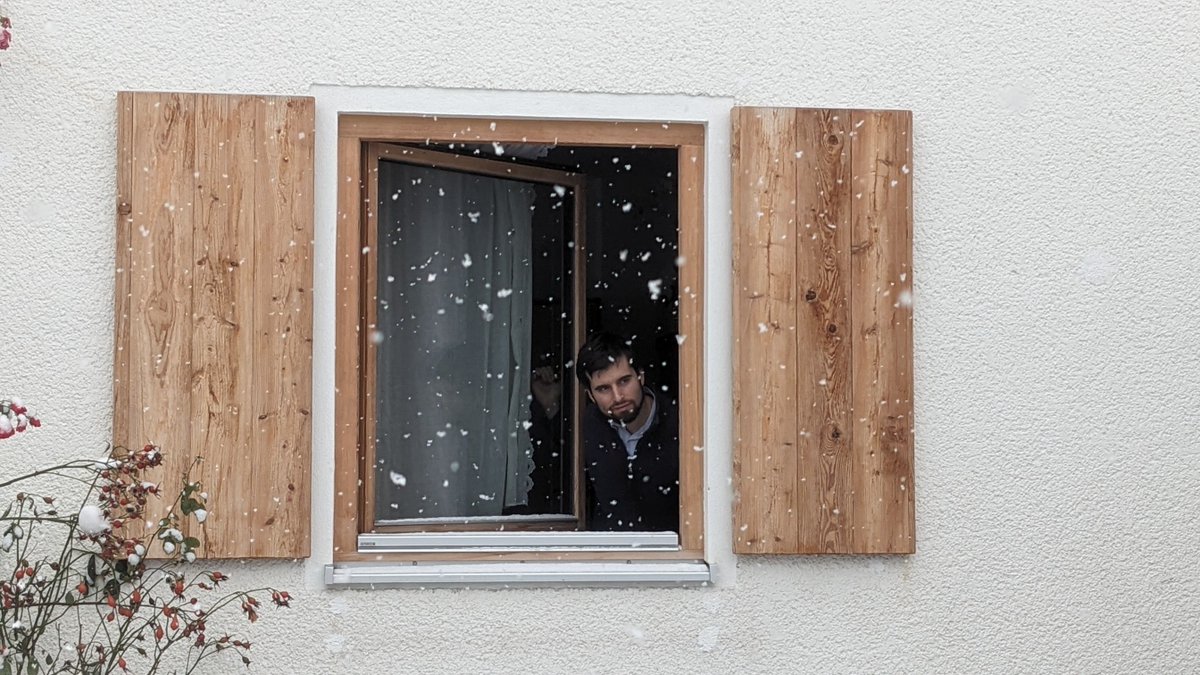

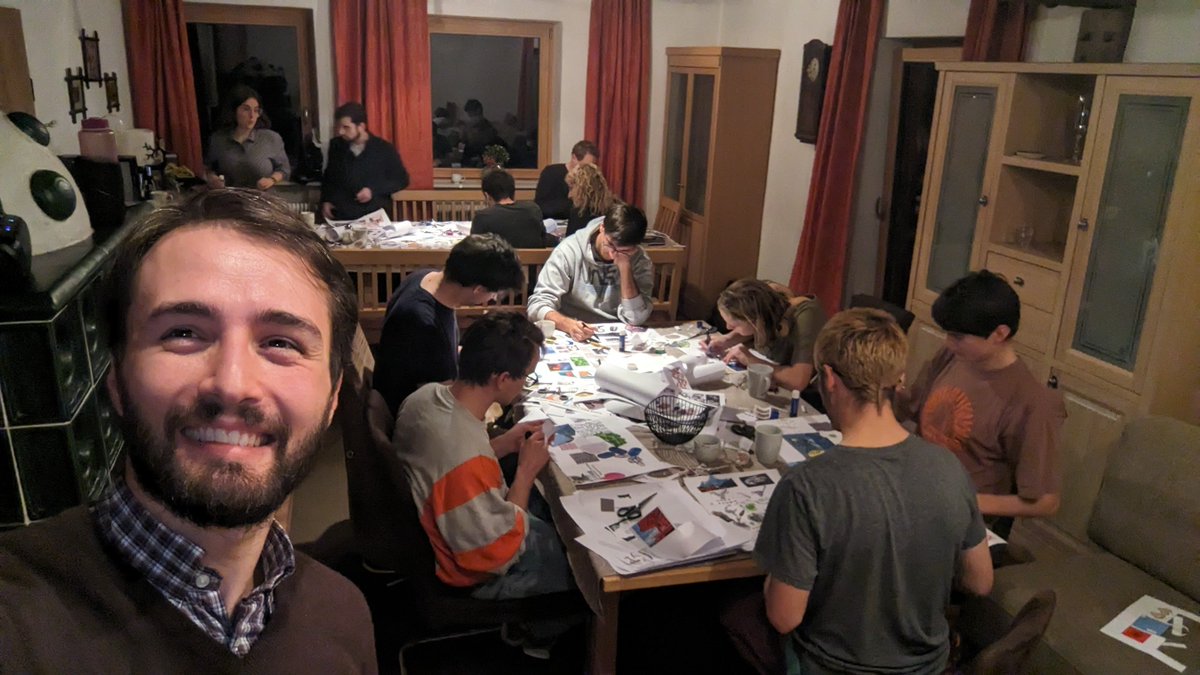
2 beautiful days of our group retreat in the Alps. We hiked, we enjoyed silence ❄️, we enjoyed science, we cooked, we planned, we played, we 🛁 at 🌡️.
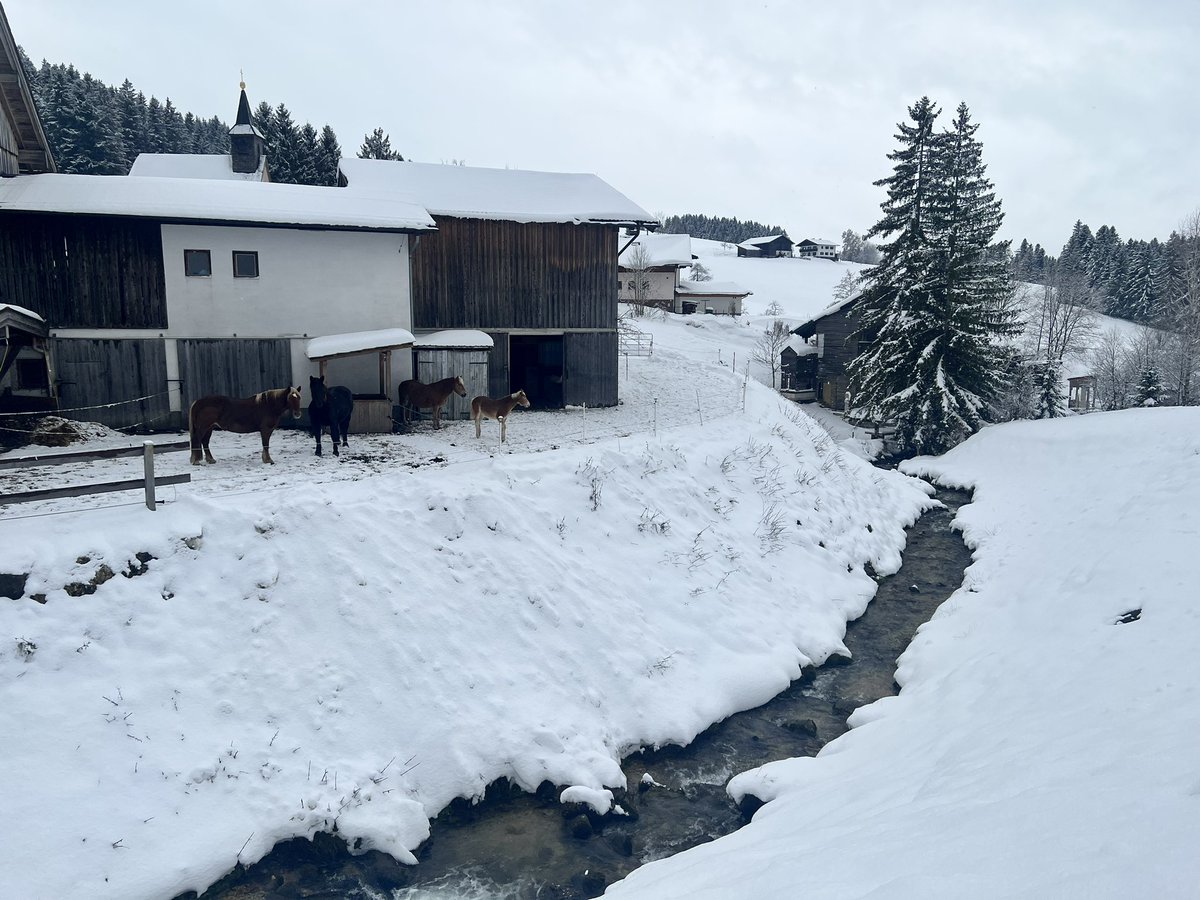
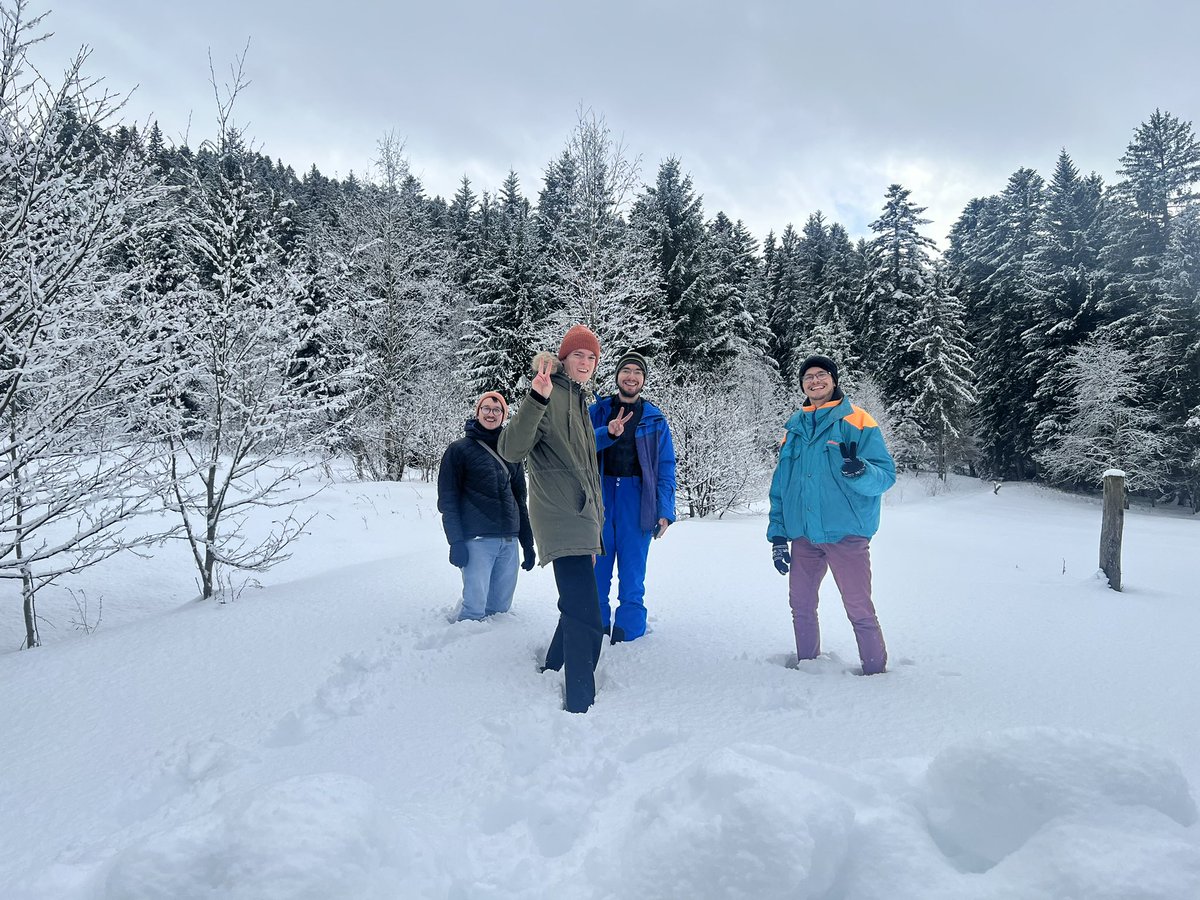


Belated and deserved celebration of @claudiobussi paper @TheCrick with cheese tower and bubbles 🫧@DimovaLab @agumangia @SaricLab @vainhilla96 note the mozzarella representing a damaged lysosome 😃🎉congratulations everyone 🥳
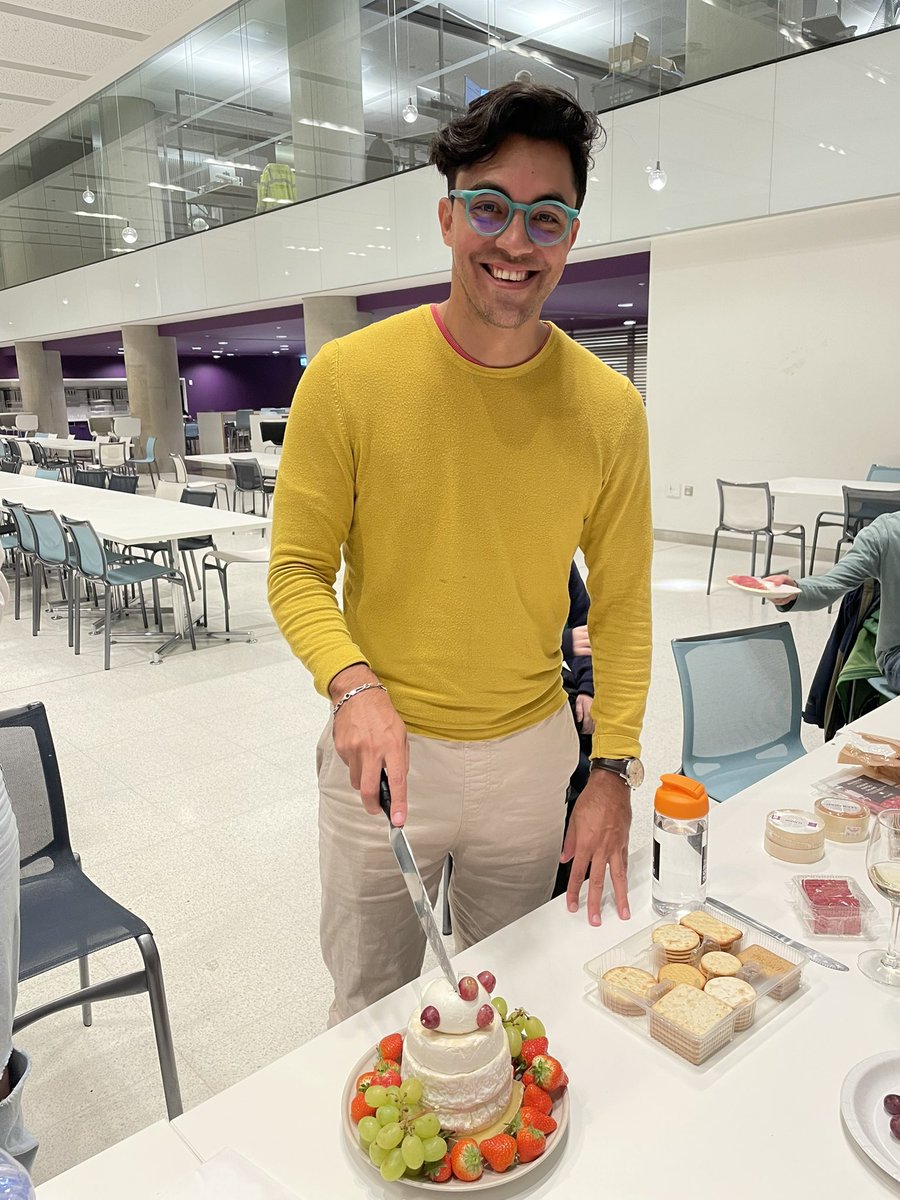
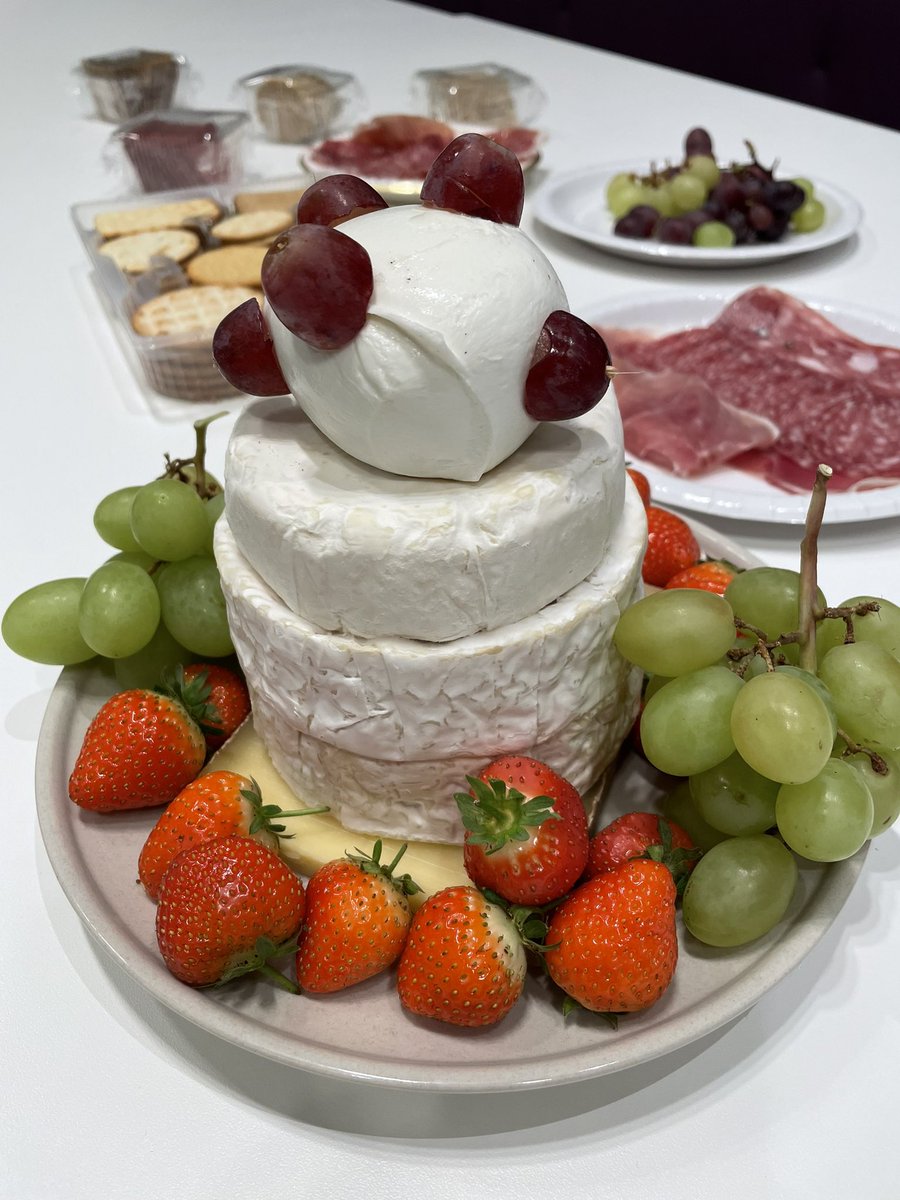
Healing a perforated vesicle: Molecular condensates rapidly form, triggered by the mixing of the inner (blue) and outer (pink) protein & ion solutions. Over time, the droplets form a plug that stabilizes the membrane. Simulation: © Christian Vanhille Campos @vainhilla96 @SaricLab
Membrane damage & stress response: How does a damaged lysosome heal inside the cell? A new paper in collaboration with @SaricLab & @vainhilla96 at ISTA shows that stress granules form a plug to seal the pore. @TheCrick, @Nature
Cells produce ‘stress granules’ when their membranes are damaged, but the purpose of these granules has been unclear. Researchers have shown that the granules actually patch up holes in the membranes to help keep infections under control 🩹crick.ac.uk/news-and-repor…
Thank you very much to @alexholehouse and Stephen Plassmeyer for covering our recent work on stress granules and endomembrane damage in this excellent News and Views article in @Nature Check it out: nature.com/articles/d4158…
#Condensates as plugs for damaged #membranes? 😯Check out this cool work lead by @maxgabgut @claudiobussi, featuring in vivo, in vitro by @DimovaLab @agumangia, and in silico by our @vainhilla96 Fun collab after a random London encounter @UCL_IPLS 🎡@TheCrick @ISTAustria
How can lysosomes, when ruptured, maintain stability allowing for repair? Glad to share @Nature nature.com/articles/s4158… the function of stress granules (SG) as molecular plugs that stabilise damaged membranes @TheCrick @maxgabgut #condensates #lysosomes #TB👇Thread
Thrilled to see this out! Fantastic work driven by @claudiobussi in collaboration with @agumangia @DimovaLab @vainhilla96 @SaricLab We discovered a function for stress granules during membrane damage. Very relevant for #tuberculosis =ZNFX1 Thanks everyone and @ERC_Research 🙏
How can lysosomes, when ruptured, maintain stability allowing for repair? Glad to share @Nature nature.com/articles/s4158… the function of stress granules (SG) as molecular plugs that stabilise damaged membranes @TheCrick @maxgabgut #condensates #lysosomes #TB👇Thread
United States Trends
- 1. Dalton Knecht 45,1 B posts
- 2. Lakers 59,9 B posts
- 3. #LakeShow 5.413 posts
- 4. $QUANT 10,1 B posts
- 5. Jay Leno 4.015 posts
- 6. Spurs 17,2 B posts
- 7. Hampton Inn 1.745 posts
- 8. #DWTS 26,7 B posts
- 9. Jaguar 113 B posts
- 10. Linda McMahon 42,4 B posts
- 11. #RHOBH 10,9 B posts
- 12. Cavs 52,3 B posts
- 13. Celtics 59,4 B posts
- 14. Dorit 5.425 posts
- 15. Kam Jones 1.995 posts
- 16. Cenk 31 B posts
- 17. Chase U 6.068 posts
- 18. Chris Paul 2.967 posts
- 19. Marquette 5.324 posts
- 20. Reaves 5.498 posts
Who to follow
-
 David Brückner
David Brückner
@d_brueckner -
 Martin Loose
Martin Loose
@nartimsoole -
 Ivan Palaia
Ivan Palaia
@IvnPla -
 Andela Saric
Andela Saric
@SaricLab -
 IntCha24
IntCha24
@intcha24 -
 Billie Meadowcroft
Billie Meadowcroft
@BillieMeadowcr1 -
 Miguel Amaral
Miguel Amaral
@miggral -
 Valerio Sorichetti
Valerio Sorichetti
@v_sorichetti -
 Christoph Dellago
Christoph Dellago
@CHHDellago -
 Biological Physics Group UK
Biological Physics Group UK
@BioPhysicsUK -
 Jaime Agudo-Canalejo
Jaime Agudo-Canalejo
@AgudoCanalejo -
 BrujicLab
BrujicLab
@BrujicLab -
 Felix Frey
Felix Frey
@sciFelixFrey -
 Lisa Schick
Lisa Schick
@lsck_biophy -
 Luca Barberi
Luca Barberi
@lucabrb_
Something went wrong.
Something went wrong.


































